| Company Name | Iwashitashoten co., Ltd |
|---|---|
| Establishment | May 30, 1991 (founded in 1928) |
| President | Masaki Iwashita |
| Business Overview | Book Selling Business, Publishing Business, Digital Business, International Trade Business |
| Location | Head office: 1-30-1 Nakagawachuo Tshuzuki-ku Yokohama City Kanagawa 224-0003 Japan
Tokyo Branch:1-2-5 Nakamachi, Machida City, Tokyo 194-0021 Japan |
⚫︎Origin of Iwashitashoten
Iwashitashoten started the operation in Shizuoka Prefecture in March, 1928 (Showa 3).
It started business at Yuni Co. Ltd, Kanazawa branch (currently ApiTA Kanazawabunko branch) in September, 1972 (Showa 47)
Since our operation started, we have been continuously selling textbooks. We started distributing schools’ textbooks in March of 2008.
In our store, we are actively carrying books related to our area, Kanazawa Ward in Yokohama City, and neighboring areas advocating our catch phrase “A book store that is discovering local capabilities.” We are also appealing to locals in that we have created our corporate logo with a motif based on the mantis shrimp, a local specialty.
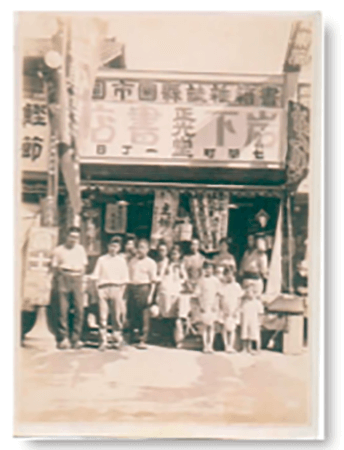
The early days of establishment
(May, 1928)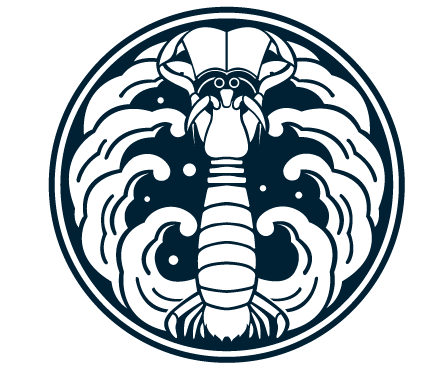
Corporate logo
We established a publishing department and have released many books, such as “Panoramic View of Kanazawa Bunko” and “Kanazawa Ward Useful Guide.” Each sale has developed more than 2,000 issues as bestsellers. Some major Japanese newspapers, such as The Yomiuri Shinbun and The Mainichi Shinbun, other mass media, and industry publications have covered our unique activities. Furthermore, we started a self-publishing department. “Sea Breeze of Kanazawa, Yokohama,” a book we produced for our client, sold 500 issues in only one month. Local media also wrote a review of another of our published books, “Kiraisou.”
During the marketing of “Walking path strolling over Kanazawa,” our bestselling book, we had an opportunity to see the huge art collection of Mr. Nagao Kusuyama, the author of the book and we happened to see Ukiyo-e for the first time.
Originally, our city Kanazawa was closely related to Ukiyo-e, lending its name to works like “Eight Famous Views of Kanazawa” by Utagawa Hiroshige. Inspired by the still vivid beauty of Ukiyo-e even more now that several hundred years have passed, we decided to market Ukiyo-e works. We made a contract with the local publisher of reproduced edition of Ukiyo-e woodblock prints and started selling them at our store at the beginning. We received favorable responses, so we opened an Ukiyo-e woodblock print reproduction web store. Now we are receiving orders from all over Japan.
⚫︎The reason why I started dealing with Ukiyo-e
“It’s incredible…”
This was my first impression when I saw original Ukiyo-e prints.
Kanazawa Ward in Yokohama City, which is deeply connected to our company, has been flourishing as a sightseeing area since the late Edo period. Utagawa Hiroshige, an Edo period artist, was also impressed with Kanazawa’s scenery and painted many landscapes. Among them, “A Night View of the Eight Great Places of Kanazawa, Buyo” is said to be one of the greatest landscape pictures of Kanazawa.
Although our operation started in Shizuoka first, Chojiro, the second president of our company, was from the family of a fish distributor in Nihonbashi, Tokyo. A range of famous publishers that sent many Ukiyo-e to the world resided there. From this common point, I feel a tie with Ukiyo-e more or less. But until I saw them so closely, my interest toward them was not so strong. One of the reasons is that I had only seen them in books, magazines, or in a protected space with glass over them at exhibitions. Honestly, they did not sustain my interest.
However, after I had an opportunity to see original Ukiyo-e owned by local historian, my thoughts about Ukiyo-e clearly turned. Although the colors were faded due to deterioration over hundreds of years, the expressive lines struck me. In addition, the fine details impressed me, and I felt that I really wanted to ask someone: “Are they really woodblock prints or not?”
It struck me deeply. I was amazed that such wonderful techniques were established hundreds of years ago. I was amazed that Ukiyo-e is the origin of commercial publishing. Because it struck me that Ukiyo-e is the origin of the culture of modern publishing when I saw Ukiyo-e closely, I suddenly became interested in Ukiyo-e and its overlapping with my own family origin and business.
In addition to famous works like the famous “Fifty-Three Stations of the Tokaido” or “Thirty-Six Views of Mt. Fuji,” many Ukiyo-e in the Edo were printed and published for the public like magazines nowadays. Many works are extremely inspiring for embracing the analog techniques of woodblock printing fully and maximizing the planning, ideas, and imagination to the utmost extent. Because of that, I would say that Ukiyo-e continues to inspire us.
I looked into many publications and media to see if I could deal with Ukiyo-e by myself. Ukiyo-e is introduced in various forms of media through books and exhibitions. However, most of them were produced in the Edo period. I was at a loss. Because they are works of art, the price is so high that we cannot afford to handle them.
Under those circumstances, I got to know that there were reproduction of Ukiyo-e woodblock prints. They are the reproduction of the famous Ukiyo-e using the same techniques of production used in the Edo period. I got to know that we could own the same quality of works that people in the Edo period had with the true vivid colors and affordable price.
It is not very well-known that such a technique has been passed down to now and they are still produced. Even I did not know. I contacted the publisher immediately. Finally, we were able to handle works.
As I mentioned before, Ukiyo-e is the origin of commercial publishing. Ukiyo-e is the origin of culture of modern publishing. In short, Ukiyo-e is like a picture in the magazine and Puromaido, commercial photographic portraits. Jihontoiya, a bookstore back then, sold Ukiyo-e. As a contemporary bookstore, we want to develop the traditional culture that is still alive. With that thought, we are dealing with Ukiyo-e every day.
All of a sudden, Ukiyo-e was known abroad in the Meiji period. I am sure you know that Ukiyo-e has affected many western artists. How many artist has this Japanese culture inspired from Meiji to now? I made a commitment that I will pass down this precious origin of publishing culture, Ukiyo-e, to people of future generations all over the world.
⚫︎Media articles
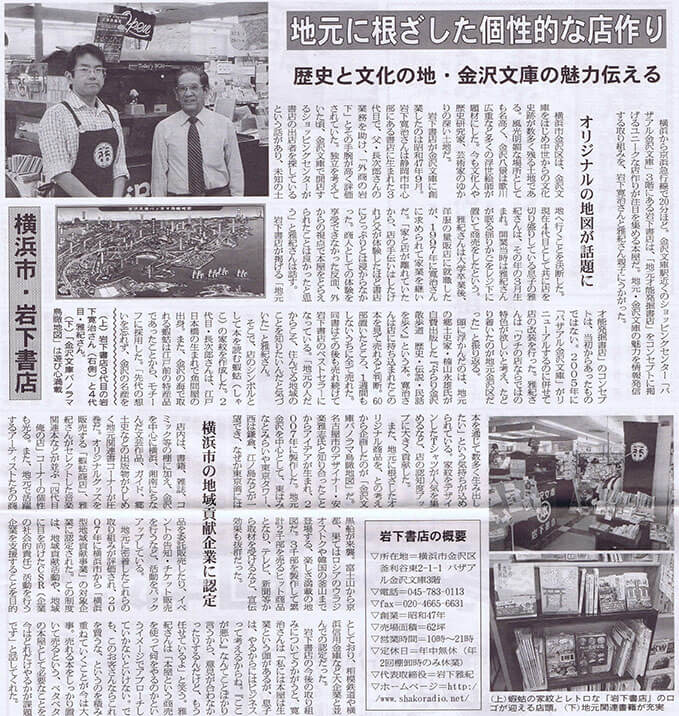
Japan Library Newspaper
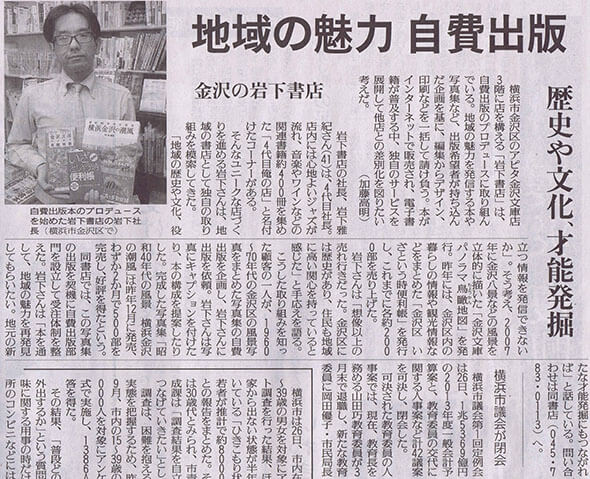
The Yomiuri Shinbun (March 27, 2013)
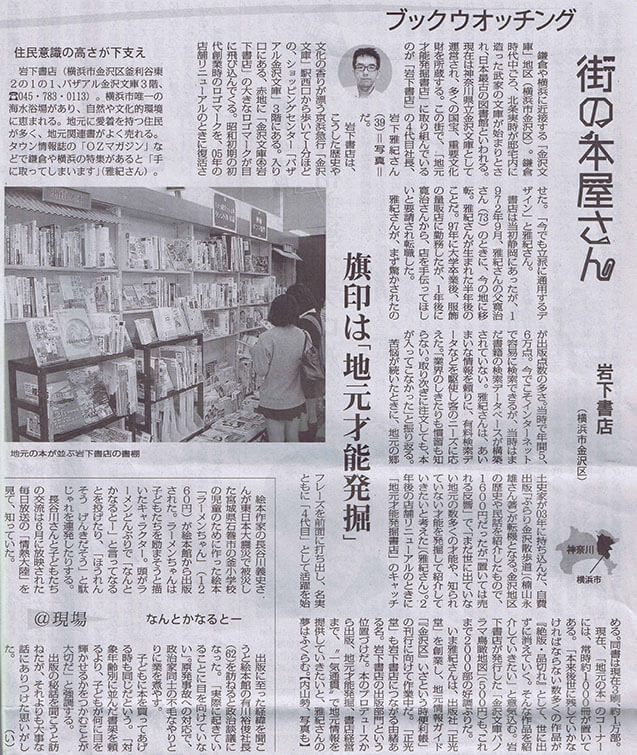
The Mainichi Shinbun
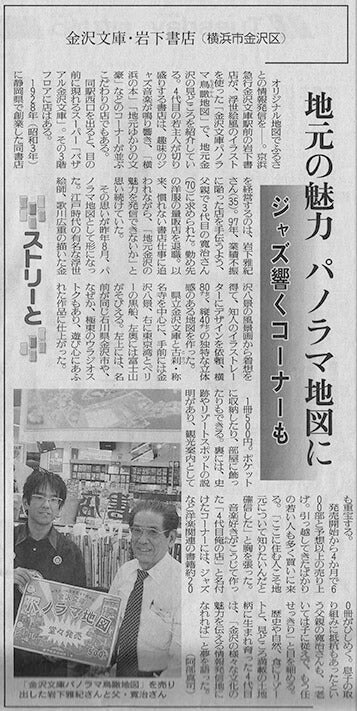
The Yomiuri Shinbun January 8, 2008)
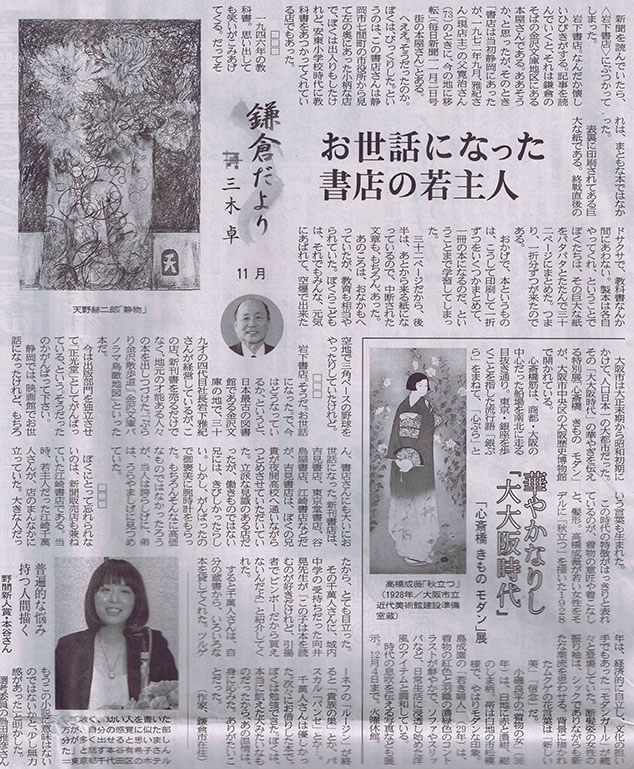
Bunka Tsushin

The Shizuoka Shinbun (2011 Nov. 28 issue)
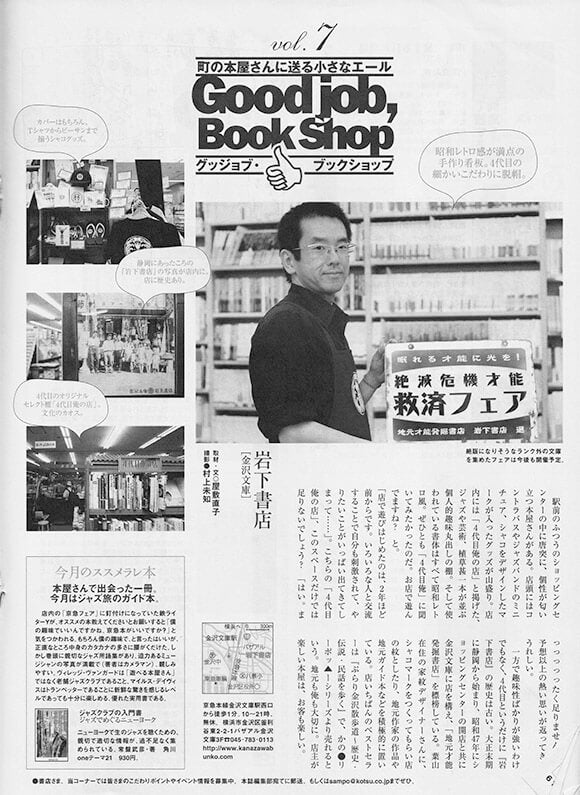
Sanpono Tatsuzin
⚫︎The secret of reprinted edition Until Ukiyo-e woodblock prints are completed
The reproduced edition of Ukiyo-e woodblock print has the same distinctive vividness and texture that people in the Edo period had. This page explains how Ukiyo-e is produced and the work of contemporary, skilled craft workers with long years of experience who are succeeding the craftsmanship of the Edo period.
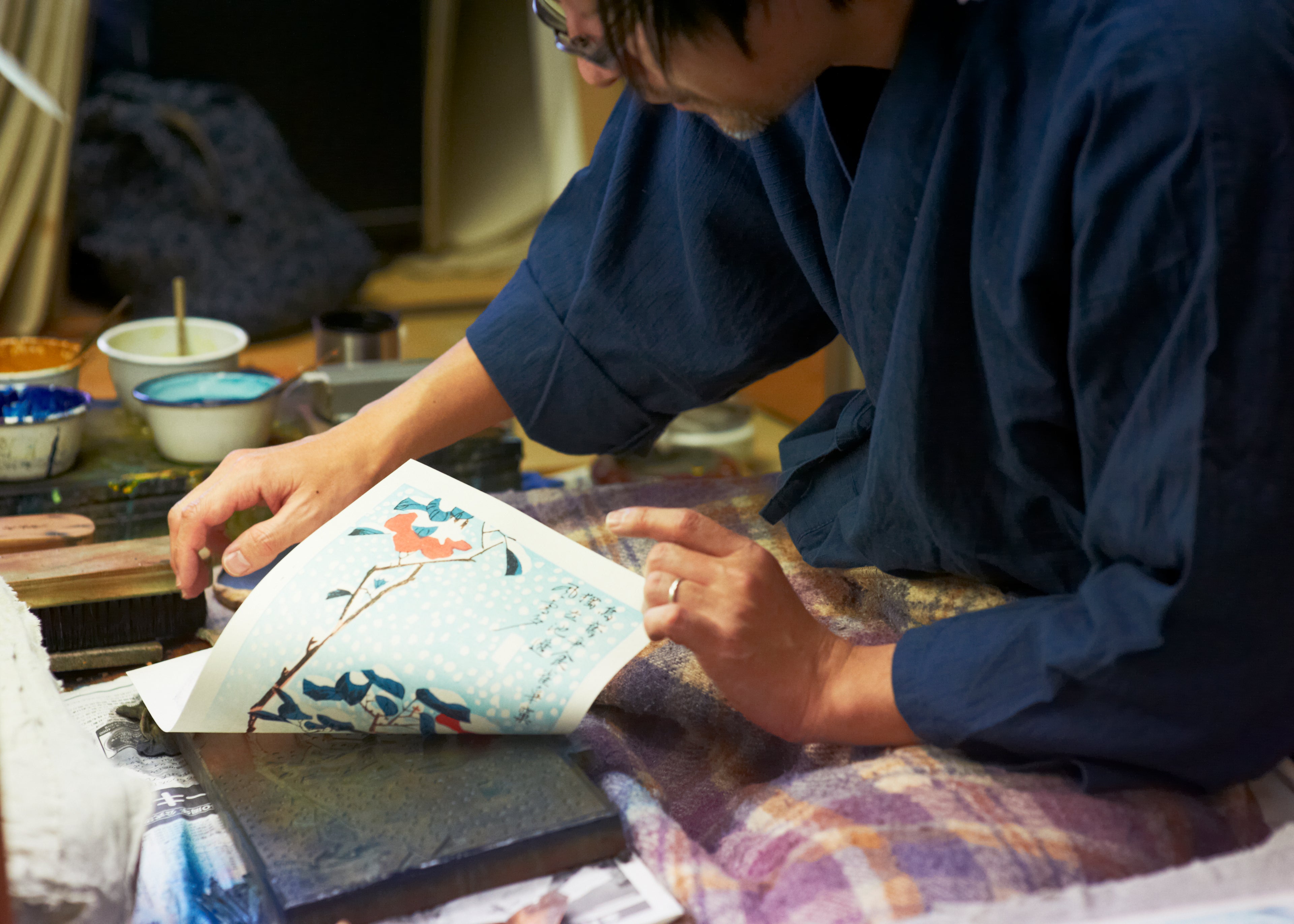
the secret of the reproduced edition of Ukiyo-e.
Please take a look at “The secret of the reproduced edition” to know how Ukiyo-e is made of.The page explains the work of handcraft masters’ easily.